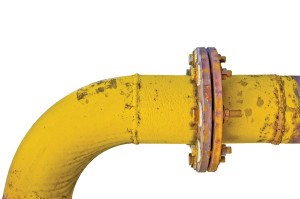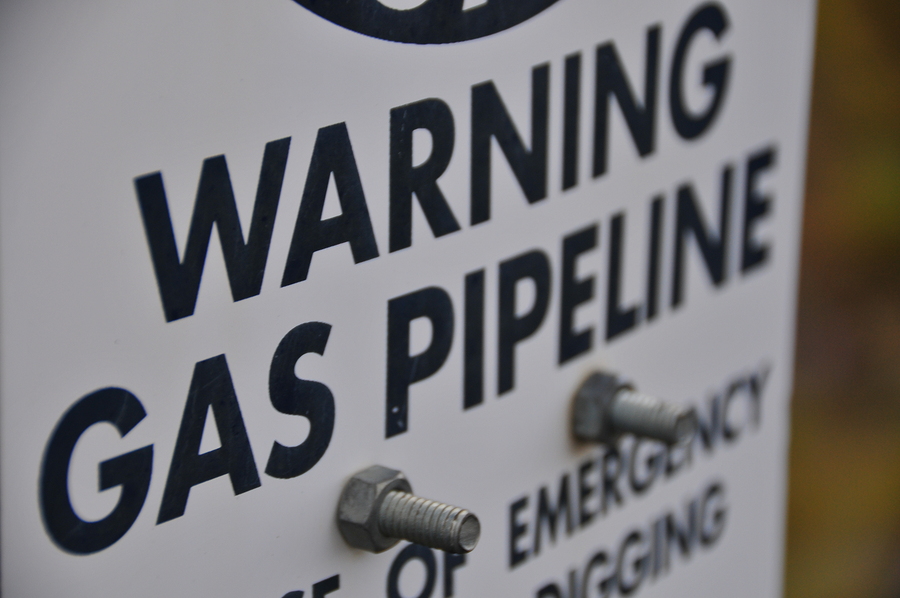Three powerful accidents in recent years show systemic weaknesses in how natural gas providers maintain the largest pipelines in their networks, accident investigators said Wednesday as they issued more than two dozen safety recommendations.
The National Transportation Safety Board said in the decade since the government set rules for pipeline inspections in “high consequence” areas where an explosion is likely to hurt people or destroy buildings, there appears to have been a slight leveling off of such incidents, but no decline.
It was a sharp rise in such incidents that prompted the Pipeline and Hazardous Materials Safety Administration to adopt the standards in 2003.
 Since then, state-regulated pipelines, which are pipelines that don’t cross state borders, have had a 27 percent higher incident rate than federally regulated pipelines that traverse more than one state, the NTSB said in a report.
Since then, state-regulated pipelines, which are pipelines that don’t cross state borders, have had a 27 percent higher incident rate than federally regulated pipelines that traverse more than one state, the NTSB said in a report.
Three accidents since 2010, in California, Florida and West Virginia, illustrate many of the systemic problems, the board said. In the California accident, nine people were killed and 70 homes destroyed. In the West Virginia incident, the stretch of pipeline that ruptured ignited a fire that destroyed three homes and damaged several others.
In each of the accidents in the three states, the gas companies failed to conduct inspections or tests that might have revealed weaknesses in the massive pipelines.
The U.S. is crisscrossed by nearly 300,000 miles of gas transmission pipelines, more than half of which were installed before 1970. The pre-1970 pipelines have a significantly higher failure rate than new pipelines made with improved safety technology and because they have been exposed to environmental forces longer, the report said.
Was this article valuable?
Here are more articles you may enjoy.


 State Farm Has Paid $2.5 Billion in Claims for LA Wildfires
State Farm Has Paid $2.5 Billion in Claims for LA Wildfires  Oracle Tells Clients of Second Recent Hack, Log-In Data Stolen
Oracle Tells Clients of Second Recent Hack, Log-In Data Stolen  Tariffs Threaten to Push US Home Insurance Rates Even Higher
Tariffs Threaten to Push US Home Insurance Rates Even Higher  The Changing ADA Lawsuit Landscape: Things Claims Professionals Need to Know
The Changing ADA Lawsuit Landscape: Things Claims Professionals Need to Know 